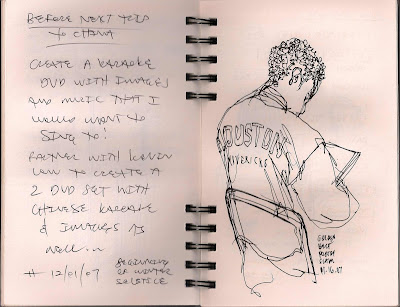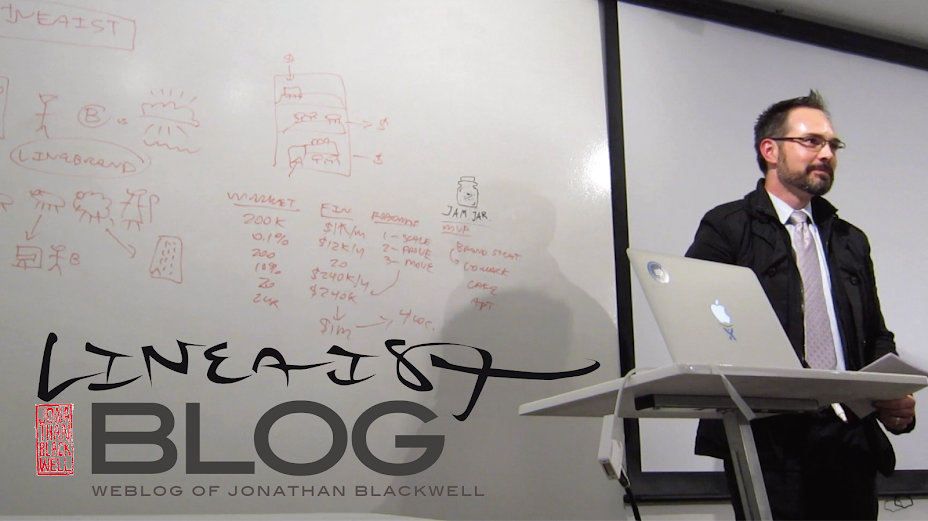
I rediscovered my predilection for authentic US Hip Hop whilst listening to The Digable Planets newest album Beyond the Spectrum: The Creamy Spy Chronicles, and in the same weekend happened across this NY Times Magazine article,"How Slavery Really Ended in America” . As you can imagine, the combination of reading well-written accounts of emancipation and tuning into some wide grooves has inspired me to write about my passion for the African-American experience.
Ever since I went to elementary school in a building that previously served as a segregated black high school, I’ve been comfortable relating to my African American brothers and sisters, even though as a white male I am the first to admit there is a gulf between us. Call me a gulf surfer, I like crossing that chasm. It makes me feel like I can actually do something worthwhile in this life by simply making friends in the Right Places, which are not necessarily the White Places.

Australia has been a White Place since the First Fleet arrived in 1788. Since my own arrival 220 years later, I have noticed the absence in this nation's history of emancipation and the resulting positive attributes as well as its negative aftermath. In this post I'll explore the similarities and differences of Australia and the United States in regards to their histories of slavery and emancipation. Australia is a very diverse nation and has a bright future ahead with its growth and prominence in the Asia-Pacific region, while the United States is a hyperbolic engine of pros and cons. The US is its own worst enemy, the Ouroboros devouring itself. If we can manage to keep the snake from devouring it's own tail, we're left with the unity of an everlasting circle.
In many ways life is easier without the divisive history of the Civil War weighing heavy on the young democracy of Australia, the colonial cousin of the United States. Australia was a convict colony, but European convicts are inherently more free than slaves, who are identified as another man's property. Again I’ll link to Adam Goodheart’s six page article, “How Slavery Really Ended in America” in the New York Times Magazine where he sheds some light on how the laws in the American Union started to degrade around slaves as property:

On May 23, 1861, little more than a month into the Civil War, [Frank Baker, Shepard Mallory and James Townsend] rowed across the James River in Virginia and claimed asylum in a Union-held citadel. Fort Monroe, Va., a fishhook-shaped spit of land near the mouth of the Chesapeake Bay, had been a military post since the time of the first Jamestown settlers. This spot where the slaves took refuge was also, by remarkable coincidence, the spot where slavery first took root, one summer day in 1619, when a Dutch ship landed with some 20 African captives for the fledgling Virginia Colony.
In the pages that follow, Goodheart goes on to describe how, in the midst of the Civil War, the slaves Baker, Mallory and Townsend were only considered property of plantation owners in the Southern States. The South was seceding from the Union, and the three men had sought refuge in Fort Monroe, which happened to be a Union fortress within the Southern State of Virginia. They were technically in Northern State territory, and Virginia was no longer a Southern State due to its secession. Therefore the men were not protected as property under United States Law and were under no obligation to be returned to their Virginian master.

It’s stories like these that remind me how far the United States has come as a country, and why it is so exciting and rewarding to live a life dedicated to pulling this momentum further into the future. Australia doesn’t have that motivation I feel. Australians have always enjoyed relative freedom, and are happy to share that with anyone who arrives on their shores. For that I am grateful, and because of that I’m writing about how it really makes me feel.
Because there was no bloody civil war in Australia, and no benchmark of emancipation as a clear call to civil equality, the relative freedom in Australia leaves something to be desired. I had high hopes on arrival that I would meet people with native aboriginal connections and tap into the life blood of equality since the public apology given by Kevin Rudd on February 13, 2008 to the Stolen Generations of native Australian children, the same year I arrived. Now into the third year of living in Sydney I am still on the lookout.

I have joined the Aboriginal equal rights organisation Generation One and am looking into hiring a native graphic designer should my scope of work increase to provide the opportunity. That’s within the realms of possibility in my Australian life, and it fits within the vision I have for ultimately creating a business in Durham, North Carolina. I believe Durham has social commodities that will be valuable American exports. Based on what I’ve seen from my favourite Triangle Hip Hop artist Shirlette Ammons and her recent collaboration with the Dynamite Brothers, I should start an international music label and sign her on a record deal.

The only property this white male wants to own is real estate in countries dedicated to racial diversity and equality. That and being a shareholder of businesses with the same values. God willing, I will work with those both in Australia and the United States who are dedicated to closing the gap of racial inequality that still resonates across our planet, which I don’t find very digable.

